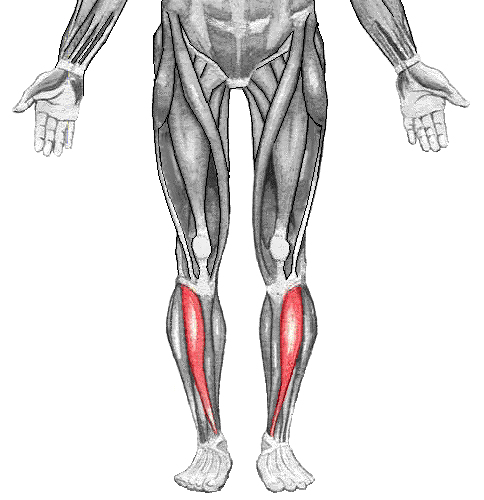 DOMS: a common ailment for dancers, athletes and sports players. As much as it is common, the meaning of the each letter and its cause is not often known, especially by those who are younger and just beginning to train harder in their chosen area.
DOMS: a common ailment for dancers, athletes and sports players. As much as it is common, the meaning of the each letter and its cause is not often known, especially by those who are younger and just beginning to train harder in their chosen area.
For dancers, the beginning of the attempt to pursue a performance career can start very young, throughout teens or perhaps post-20 years old. However, in deciding in this goal, dancers are inspired to push their bodies harder, take more class and learn new things. DOMS then come into play. Also known as Delayed Onset Muscle Soreness, DOMS occur when muscles have been used to a greater extent than they are day to day. For example, DOMS are most likely to occur in the new academic year when the body has not been used as much throughout the summer.
Dancers are likely to feel varying degrees of stiffness in their muscles during DOMS, usually in their quads and hamstrings which are worked hard in all dance techniques. The following morning it may be a struggle to get out of bed and even walk down stairs, depending on the extent of the DOMS. Some dancers may not even feel their DOMS the next day – being delayed the soreness may come into play 24-72 hours later and may be a complete surprise with the stiffness of the muscles seemingly coming from nowhere.
For many dance students in higher or vocational education, DOMS are a regular part of life. Long days mean that the students must get up and train again the next day, working through the stiffness and discomfort knowing they will usually wake up with DOMS again the next day. However a high protein diet rich with nutrients can help to work against DOMS, repairing the muscles tears and making them stronger.
Image courtesy of Wikimedia Commons.
